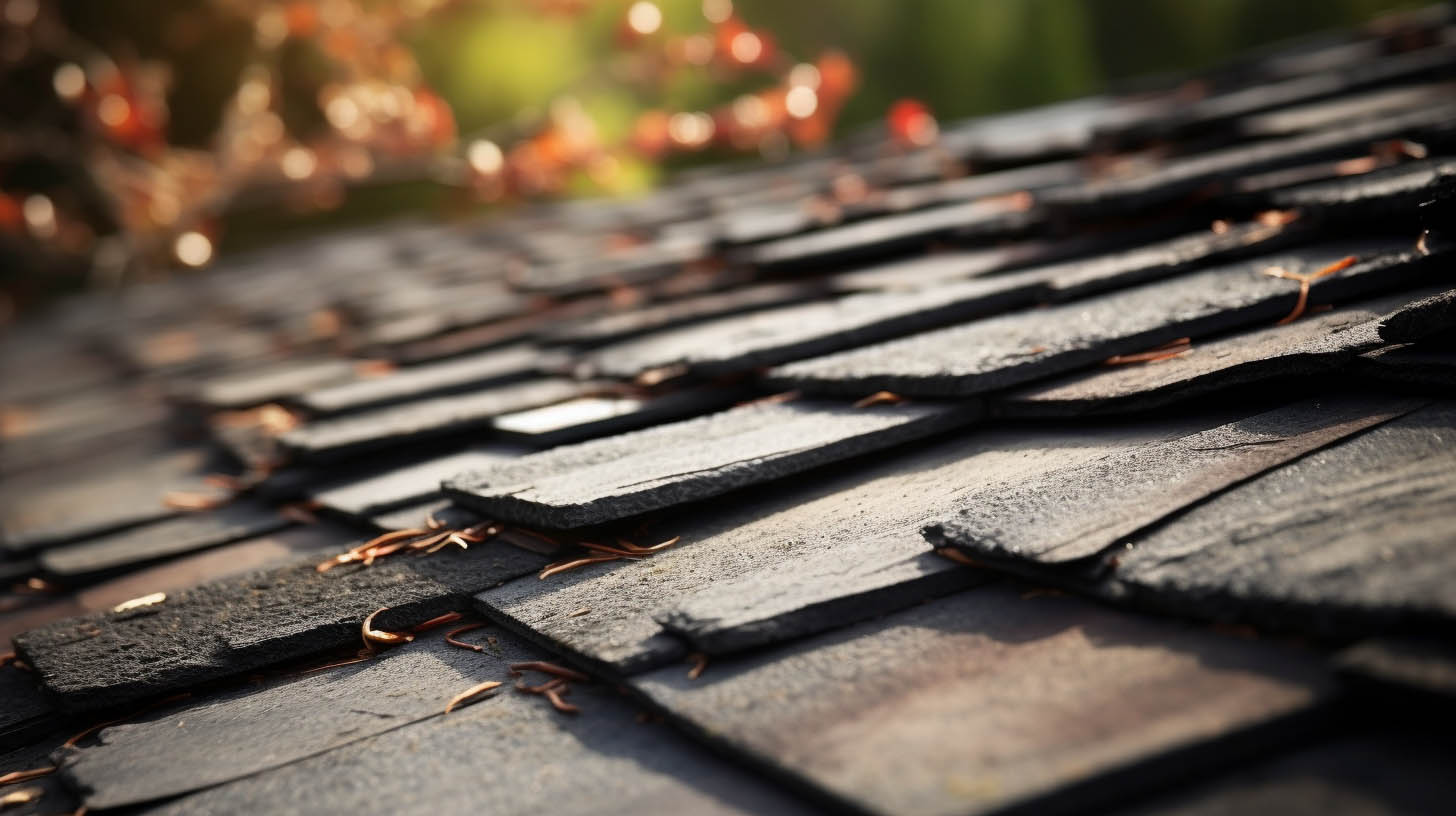
Reasons to Avoid Mixing Old and New Shingles During Roof Replacement
Introduction
When considering roof replacement, homeowners often contemplate whether to layer new shingles over old ones. While this approach might appear cost-effective and less labor-intensive, it’s fraught with potential problems that can compromise the integrity and longevity of your roof. MaxForce Roofing and Siding LLC, based in Columbus, OH, emphasizes the importance of understanding these risks. Here, we explore the top five reasons why mixing old and new shingles is not advisable.
Compromised Warranty and Shingle Life
Heat Trapping and Shingle Deterioration
Layering new shingles over old ones creates additional insulation layers, trapping heat between the shingle layers. This trapped heat accelerates the deterioration of shingles, leading to curling and reduced lifespan. Most manufacturers void warranties for roofs with multiple shingle layers due to these issues.
Ineffective Sealing
Dimensional shingles laid over old ones fail to achieve a proper seal due to the uneven underlying surface. This lack of proper seal strip connection comprises the roof’s defense against weather elements.
Hidden Damage Goes Unchecked
Inability to Inspect Roof Deck
Overlaying new shingles on old ones hinders the ability to inspect the roof deck for rot or damage. Hidden issues like leaks become harder to identify and address, potentially leading to more significant problems.
Underlayment Upgrades Not Possible
Missing Out on Critical Roofing Components
A new shingle layer over an old one eliminates the possibility of upgrading underlayment, ice guards, eave metals, or flashing assemblies. These components are crucial for a roof’s longevity and effectiveness.
Increased Future Costs
Short-Term Savings, Long-Term Expenses
Opting for cheaper new shingles to overlay can be a costly mistake. When the roof eventually fails, the expense of removing and disposing of multiple shingle layers significantly increases.
Structural Concerns
Added Weight Stress
Multiple shingle layers add considerable weight, stressing the underlying roof framing. This is particularly problematic for older homes, which may not have the structural integrity to support this additional weight.
Conclusion
In summary, while laying new shingles over old ones might seem like a cost-saving measure, it leads to a host of problems, including voided warranties, hidden damages, missed opportunities for crucial upgrades, increased future costs, and structural concerns. For a durable, long-lasting roof, it’s essential to remove old shingles before installing new ones. This approach ensures a healthier, more efficient roofing system, fully backed by manufacturer warranties.

